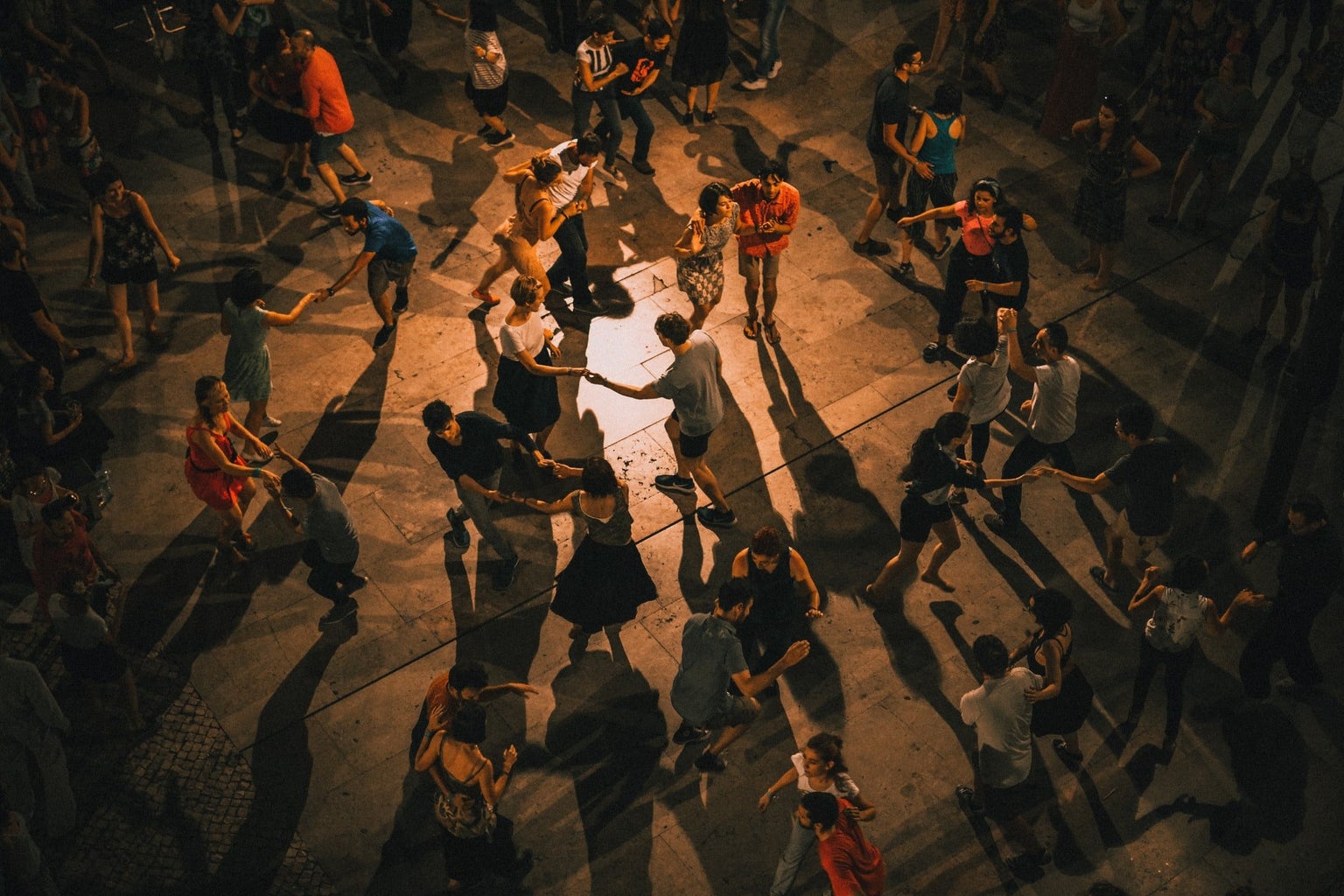Back in September, I was lucky enough to have the honour of seeing Florence + The Machine perform live. Most people know the band for their hit single Dog Days Are Over, with its rejuvenating sound and overall invigorating essence. Their most recent album, Dance Fever, has to be my favourite album yet with its beautiful and cohesive visual aesthetic, the lyricism, and the imagery it evokes, as well as the allusions to historical figures and events. All of this makes the exploration of dance as a concept, in all its complexity, all the more interesting.
Dance Fever is in reference to the dancing mania, choreomania, or dancing plague social phenomenon that took place in Europe between the 14th and 17th centuries. Dancing mania saw groups of people, varying in size, dancing erratically in a seemingly unconscious state. It was the case that many of them danced themselves to death, though it’s still not understood what exactly caused choreomania. People point to religious cults, stress relief from the dire poverty of the time period, or mass psychogenic illness. Florence Welch, lead vocalist and songwriter, was especially fascinated with the outbreak in Strasbourg where 400 women danced themselves to death. Taking inspiration from this, I feel as though the album does a fantastic job of exploring the ways in which women and feminine-aligned people have such shared experiences like the psychological phenomenon of choreomania. When I listen to the album, I hear female rage, anxiety, frustration, and longing as a shared phenomenon or rite of passage, amplified through the allusions to Christianity and Greek mythology.
One thing I love about Florence + The Machine is their commitment to an aesthetic. In promoting the album, fans received medieval-themed cards in the mail with the title of the first single, King, on it. Likewise, the album cover features Florence Welch posed similarly to the pre-Raphaelite heroine, an art movement focused on the return to detail and complex compositions, and their tragic heroines. The album is a journey, making use of transitional songs like Heaven is Here to set the proper tone and evoke strong imagery. The album feels cohesive, always going back to this ancient feminine experience that holds strong today.
Dance Fever is chock-full of allusions to Christianity and Greek mythology, which ties in nicely to the idea of a collective experience. One of my favourite songs is Cassandra, an allusion to the Greek figure. In mythology, Cassandra was gifted the ability to see the future by the god Apollo. Still, after refusing to divine his future, her fate became that of one who could tell true prophecies but would never be believed. In the song, she has the gift taken away; she is condemned to blindness and has “no one left to sing to.” Welch plays with the story of Cassandra and alters it to explore the feeling of the world shutting down during the pandemic and live music being put on pause. She explores her own experience through beautiful metaphors and allusions that summon a universal feeling of being lost and having no one to listen to you. Further adding to the theme of collective feminine sadness that both women in ancient myths and modern women can identify with.
Choreomania references the title of the album, alluding to the dancing plague to describe the feelings of a panic attack and the compulsivity an artist can feel to perform. The song plays with the idea of a demon being the personification of her anxiety. This demon causes her to have no control over her life as seen through the lyrics “driving around in the backseat of the car” as well as the entire allusion to choreomania, where she describes compulsively dancing herself to death. This song also includes one of my favourite lyrics:
“You said that rock and roll is dead
But is that just because it has not been
Resurrected in your image?“
This is such a beautiful way to phrase the idea that there are often complaints that rock and roll has disappeared but that is because, in the words of Welch, rock is often used as a synonym for men. “Maybe rock is around, but not in the way you expect to see it.”
If you’ve never listened to Florence + The Machine before or are wanting to get into new music, I could not recommend Dance Fever more. It has songs like Free, where the lyrics are painfully relatable and yet you can’t help but dance; and songs like Daffodil, where you are drawn into a feeling of raw power. Florence + The Machine never disappoints and always comes through with an enticing aesthetic presence. So, if that appeals to you, be sure to listen to Dance Fever.





